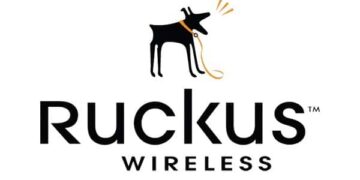Presenters: Mike McGhee (NTX), Tabrez Memon (NTX), Tim Issaacs (NTX)
Why bare metal? Oracle Licensing, performance perception, Legacy apps (Sun, IBM, HPUX), investment protection
High Performance Databases – a few times you might not virtualize
- Licensing cost
- Virtualized limits for max DB (SAP HANA, etc.)
3-tier applications
- Run your 3-tier app entirely on Nutanix
- Nutanix can run VMs plus block storage
How ABS (Acropolis block services) works:
- Serve block storage via iSCSI to physical servers
- Eliminates the need for iSCSI MPIO
- Client intervention not required when the cluster scales out
- Inherits all Nutanix features
- Run VMs while serving external storage
First release RHEL 6, Windows Server 2012 R2, Oracle 6. On the road map is support for other OSes including ESXi (~3 months).
iSCSI supports SCSI-3 persistent reservations for clustered volumes
Evenly balances I/O across all cluster nodes
Tabrez goes into a deep dive of how we negate the need for client MPIO. Basically we hide all the complexity using various iSCSI commands like virtual targets, iSCSI redirection, etc.
You can create a ABS sub-group, and limit the iSCSI connections to a subset of the cluster nodes.
All data reduction features are supported (compression, dedupe, ECX), thin provisioning, SCSI UNMAP, CHAP authentication
Use cases:
- Exchange + iSCSI Clustering
- Shared storage clustering
- MS SQL Clustering
- Oracle RAC
- Bare metal
- scale-up performance





